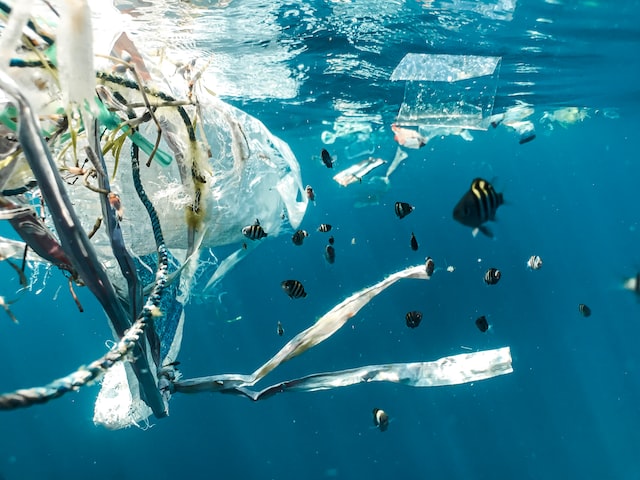Removing toxic materials from water is now easier than ever after researchers at RMIT University discovered a fast and sustainable method using magnets.
Each year about 14 million tonnes of microplastics are found in oceans and waterways around the world, posing serious environmental and health risks.
A small team of scientists in Melbourne has developed a sustainable way to extract these hazardous materials from water in just one hour.
Lead researcher Professor Nicky Eshtiaghi hailed the development as a game-changer, because current methods can take several days to achieve similar results.
The team developed an adsorbent in the form of a powder using nanomaterials, which can be mixed into water to attract microplastics and dissolve pollutants.
The nanomaterials contain iron, which enables the use of magnets to separate the microplastics and pollutants from the water.
The adsorbent can remove microplastics that are 1000 times smaller than those currently detectable by existing wastewater treatment plants.
“We’re quite excited about this promising result that we got in the lab,” Prof Eshtiaghi told AAP.
“This is a big win for the environment and the circular economy.”
She said microplastics pose various health risks because they are often ingested by fish and can cause cancer, infertility and obesity in humans, as well as contaminate a mother’s breast milk.
Co-lead researcher Dr Nasir Mahmood said the smaller the particles, the harder they are to detect.
“Microplastics smaller than five millimetres, which can take up to 450 years to degrade, are not detectable and removable through conventional treatment systems, resulting in millions of tonnes being released into the sea every year,” Dr Mahmood said.
It is estimated the new technology could become widely used in as little as two years.
Mibenge Nsenduluka
(Australian Associated Press)





